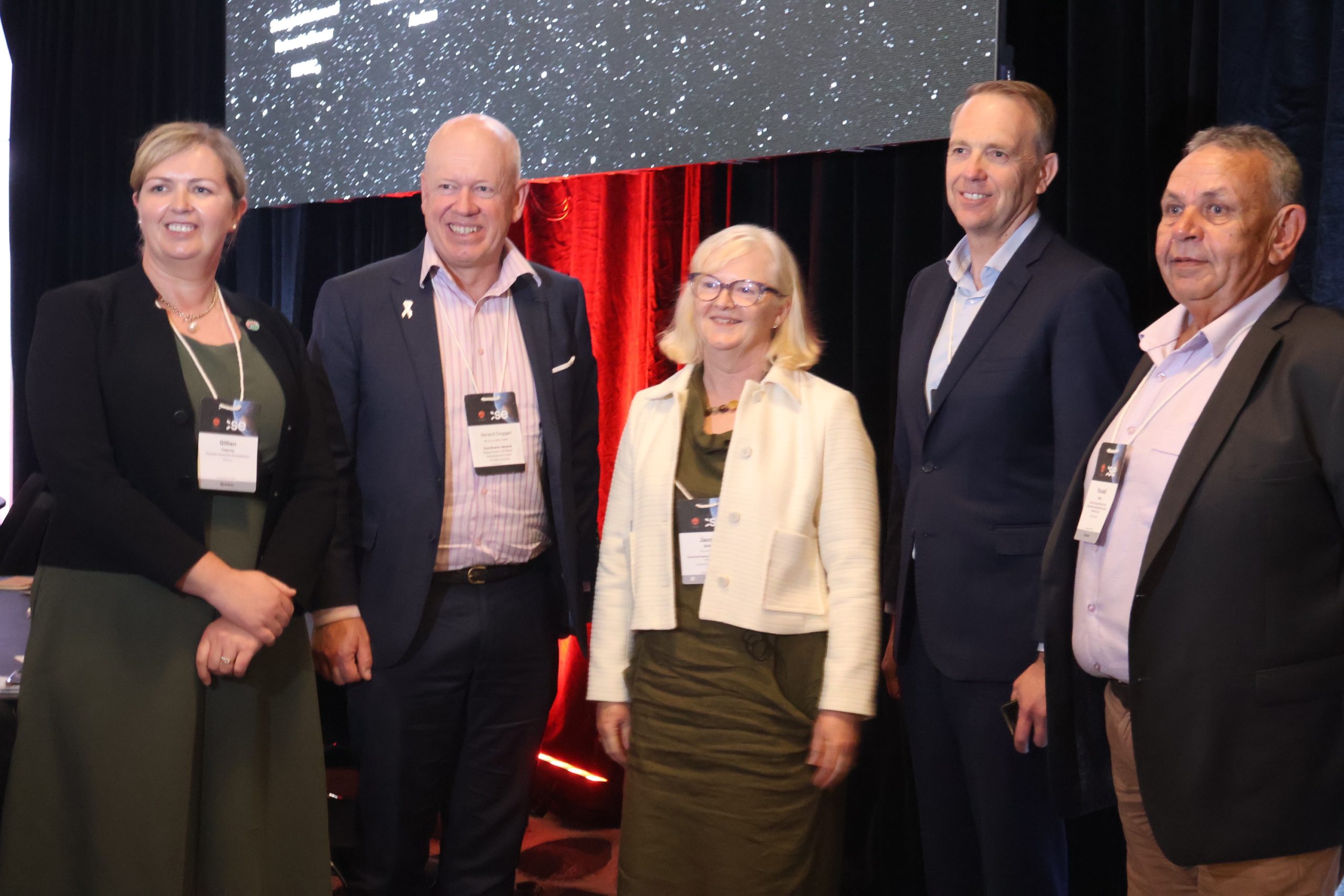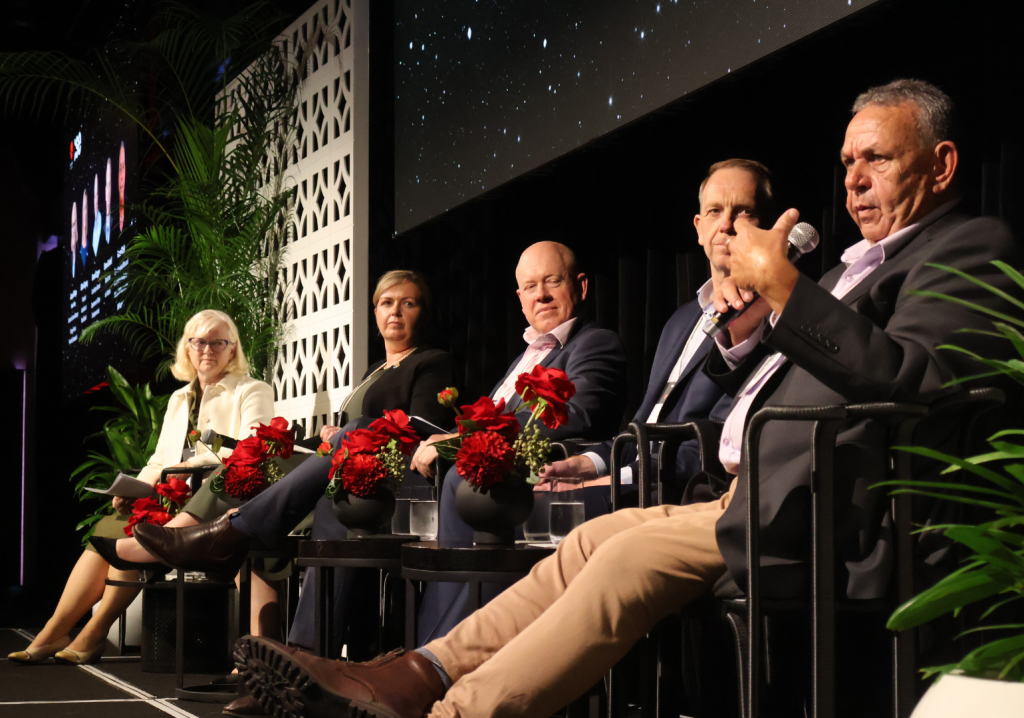In the ongoing quest to decarbonise, the rise of renewables has its merits. But if communities aren’t involved in consultation and execution – no one wins.
A critical challenge for engineers working on renewable energy projects are the significant environmental, landowner, amenity and cost complexities inherent within project lifecycles.
And not just with the project footprint itself, but the hundreds of kilometres of transmission lines needed to support these regionally erected renewable energy projects.
Meaningful community and stakeholder engagement is critical, not just for gaining approval but for delivering positive social outcomes for the communities impacted, including Indigenous communities.
A panel of energy and consultation experts examined this topic at Engineers Australia’s Climate Smart Engineering (CSE) 2024 conference in Brisbane.

Building (dis)trust
Gerard Coggan, Coordinator-General of the Queensland Department of State Development, Manufacturing, Infrastructure and Planning, discussed the risk of losing social licence for companies that neglect meaningful engagement.
“In the six months that I’ve been in this role, I’ve spent a lot of time in regional Queensland,” he said. “I’ve spoken to lots of people [and] councils who have renewable energy projects being developed within their area, and they’re really concerned. They’re concerned about the impacts of renewable energy projects [and] the equitable distribution of benefits.”
Companies therefore need to work on building trust to show the project’s benefits to local and broader communities.
“Trust takes a long time to build, but you [can] lose it in a moment,” Coggan said.
Russell Reid, Senior Aboriginal Affairs and Participation Consultant and National RAP Relations Lead at WSP Australia, pointed to the prominence of consultation fatigue among Indigenous communities, which can breed distrust.
“With stakeholder engagement, we forget that Aboriginal people aren’t just sitting at home waiting for the phone to [ring or] for some project manager to meet them and look for that social licence,” he said.
“Aboriginal people have a life to live; they’re not just sitting there waiting to be engaged with … There are a lot of other issues within Aboriginal communities that Aboriginal people are dealing with every single day.
“Keep that momentum happening, because you never know – you might be back in the area on another project [in the future].”
Meaningful engagement can be immensely fruitful for companies.
“We have the ability to redefine what value means for us as a society, and how we build, potentially, $7-9 trillion worth of energy transition investments in this country,” said Gillian Cagney, President Australia and New Zealand, of Worley.
A new baseline for engagement
Two factors should be front of mind for engineers, according to Simon Corbell, Board Chair of SEC Victoria.
“The first is the role of investors in choosing the right projects that have done the legwork already to engage effectively with [the] community,” he said. “Whether that’s First Nations … farming communities [or] regional townships, there needs to be a clear and demonstrated level of engagement … before an investor comes in and takes a stake in a project.”
The second point is ensuring a strong focus on sharing economic development outcomes, such as allowing a direct stake in projects.
“There’s a whole range of clear and innovative ways that really need to become the baseline for projects to be successful.”
The panel agreed that early engagement with all communities, including landowners and First Nations people, was the heart of the issue.
Take for instance the boomerang-shaped Causeway Pedestrian and Cyclist Bridges in Perth, which featured engagement with Indigenous Australians throughout the project’s lifespan.
“When Aboriginal people … are invited to take ownership of a project, it runs more smoothly,” Reid said.
Taking it up a gear
One solution could lie in scalability and consistency.
“If we’re going back out to communities with a different solution for every different part of what we’re doing, then we’re going to create frustration, confusion and a pure lack of trust,” Cagney said.
“But if we’re all delivering in a way that is consistent with each other, then we’re actually moving the energy transition [along] at a much quicker pace.”
Want more climate-smart action? The call for abstracts for Climate Smart Engineering (CSE) 2025 is already open – this is your opportunity to contribute to a critical conversation.
